(October 11, 2022) Who am I? The question constantly kept popping up in Gyaneshwer Chaubey’s mind until one day, in early 2000, he decided to find an answer to it. The young scientist took permission from his seniors, isolated his DNA from his blood and sequenced his mitochondrial DNA and Y-chromosome inside a Cytogenetics laboratory. The revelations were beyond what he could have imagined.
It suggested that his maternal ancestry shared a common ancestry with the tribal Koya population of South India, which went back 18,000 years and his paternal ancestry belonged to an indigenous population, which had roots in India for at least 30,000 years!
“The research about who I am surprised me. It made me reconsider and re-evaluate my early textbooks. From that moment on, I made up my mind to work in the field of Molecular Anthropology,” smiles renowned scientist Gyaneshwer Chaubey, known worldwide for his extraordinary work in the fields of Biological Anthropology, Medical Genetics and Forensics.
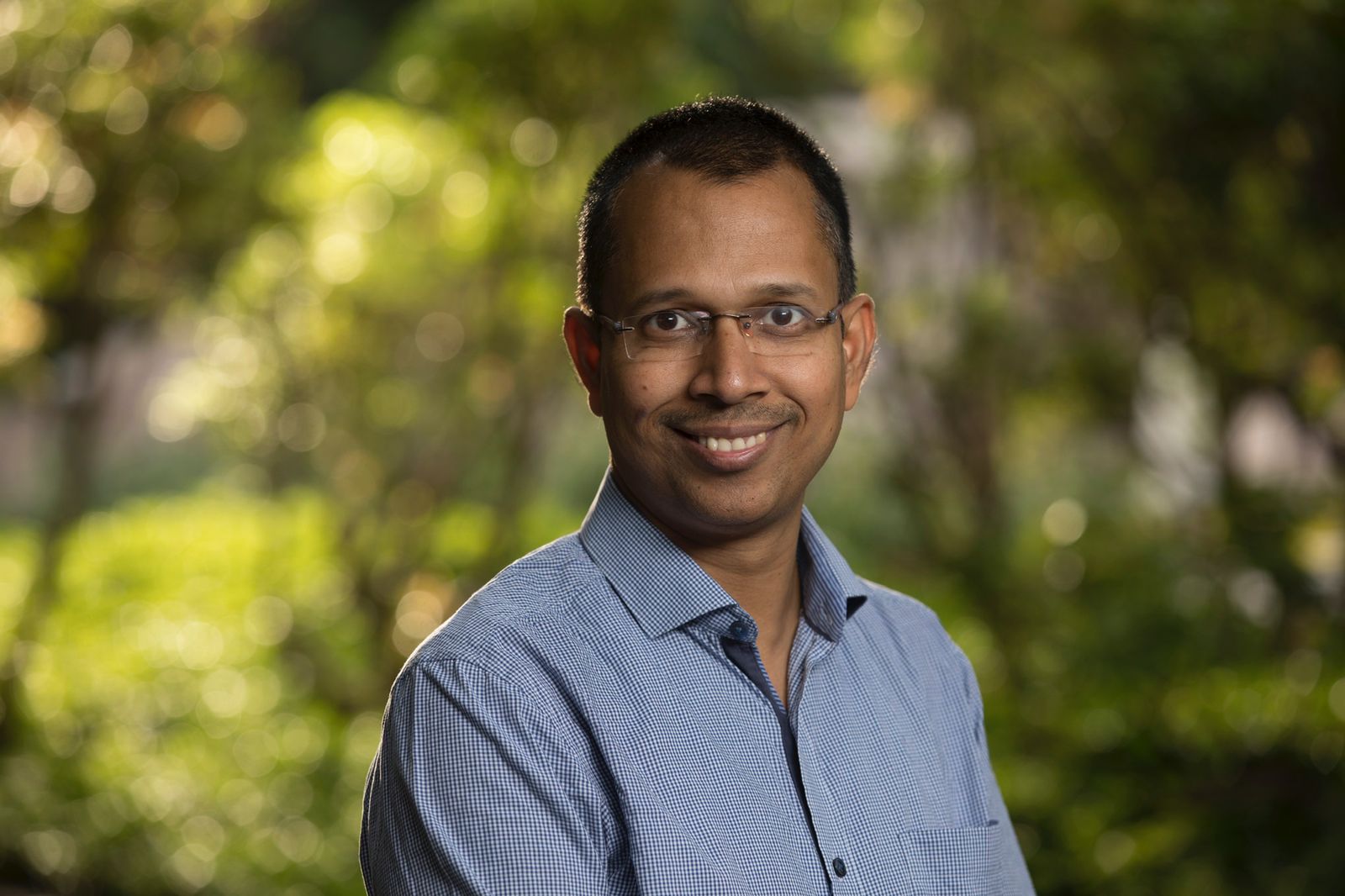
Prof Gyaneshwer Chaubey is a well-known scientist.
“Research is a never-ending process,” says Chaubey, a Professor in the department of zoology at Banaras Hindu University, in an exclusive chat with Global Indian.
Growing up in a straw mud house in Chaubepur in Varanasi, his first love was science and dreamt of becoming a scientist one day. But his father, Sachchida Nand Chaubey, a biology teacher at an Intermediate college, wanted him to become a doctor and made him prepare for the MBBS entrance examination. As fate had it, Chaubey tried twice and failed.
“I dropped the idea of becoming a doctor and began pursuing my passion,” says Chaubey, who completed his BSc (Botany, Zoology, Chemistry) in 1997. Thereafter, he enrolled in VBS Purvanchal University, Jaunpur for MSc in Biotech (2001-2003).
While he was in the first year of his Master’s, the ever-inquisitive Chaubey had before him the option of a summer research internship. He wasted no time and joined the Cytogenetics lab at BHU.
“I worked there on a six-month project exploring Drosophila (fruit flies). That was my first exposure to the research, and I was so amazed at the fruit flies that I decided to take it further and join the same lab for PhD studentship,” recalls the professor, who studied in the village primary school.
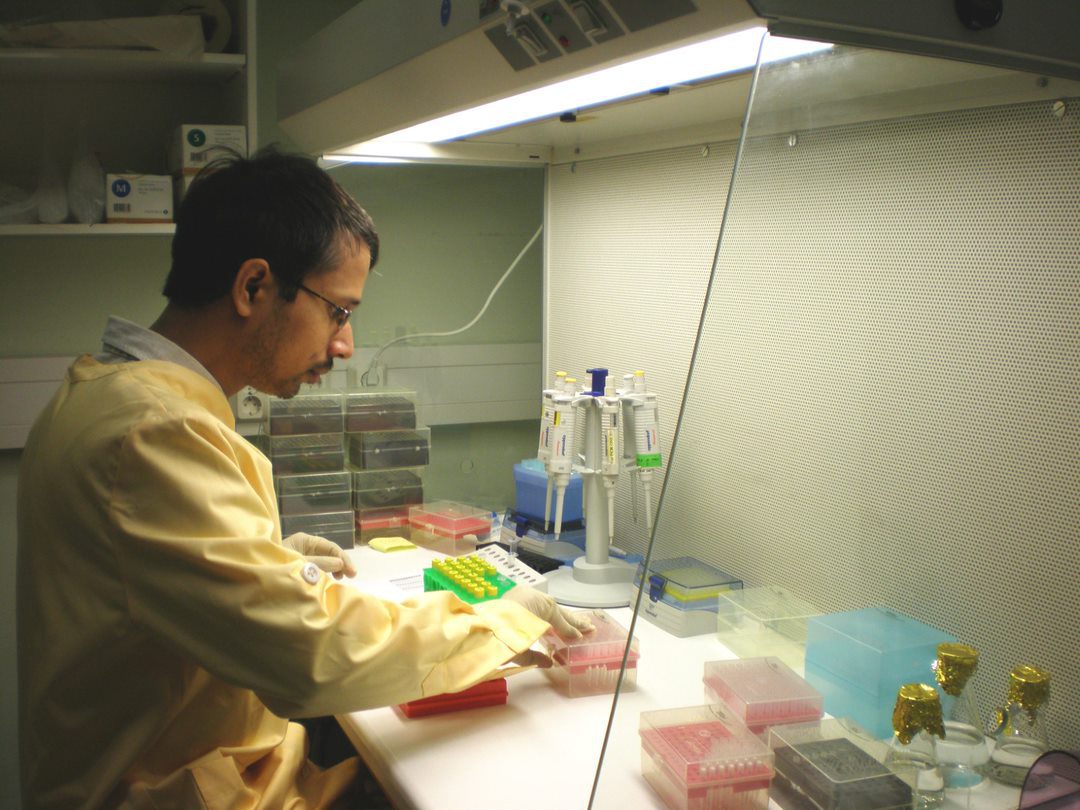
Gyaneshwer Chaubey conducting an experiment in his lab
However, there was mandatory research work during the last semester of his MSc programme, where he was selected to work on the Human Diversity project at CSIR-CCMB. The work was on blood samples of the North Indian Brahmin caste and Santhal tribe of Jharkhand, which he had collected himself.
“Initially, I did not take it seriously and used to dream of only Drosophila. I wanted to finish this work (as required for the MSc degree) so that I could start my dream work, i.e., research on Drosophila,” recalls Chaubey, who worked day and night on the project and completed all the analyses by January 2003. By then, forensics had started to interest him. He ended up joining the prestigious institution as a project assistant after completion of his Masters.
After that, his life revolved around research and laboratories. Initially, Chaubey and his senior were given 2000 samples to isolate the DNA, which was a six-month task. Sheer determination and perseverance that sometimes involved working round-the-clock work led them to complete it in three months.
One day, when Chaubey was cleaning the lab, he stumbled upon a three year old old CD with some data. He wanted to explore it and started analysing the sequences there. This data was a complete mitochondrial sequence of Andaman islanders.
He scored the mutations from the scratch and started reconstructing the phylogenetic tree and the molecular dating of the Andaman tribes’ origin. It took almost a month to read the literature and complete the draft tree, but when it was ready, it left Chaubey amazed as it showed a split of Andaman tribes (onge and Jarawa) from the rest of the world some 65 thousand years.
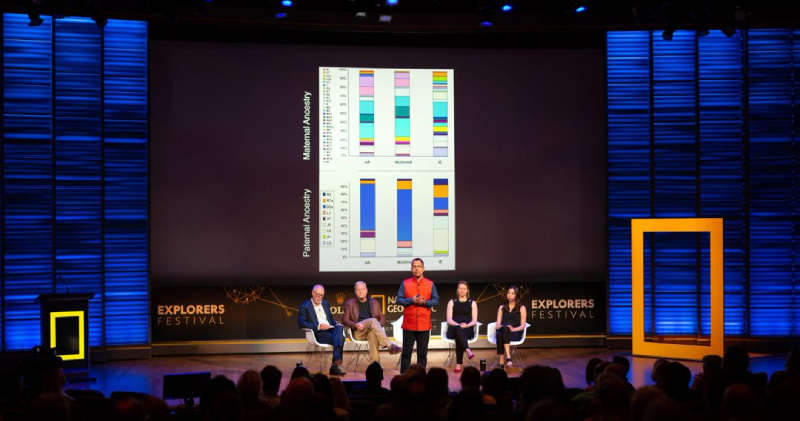
Gyaneshwer Chaubey at Explorers Festival
He then wrote to the top mitochondrial DNA expert Prof Toomas Kivisild and sought his opinion. With his help, Chaubey completed the paper which became breakthrough research,” smiles the professor.
This paper brought Chaubey in direct touch with Prof Toomas Kivisild and he started teaching him population genetics. After that, they together published more than five papers on Indian pre-history.
Off to Estonia
A dream-come-true moment for Chaubey arrived when Prof Kivisild asked him about doing his PhD under him. Soon, Chaubey took off to Estonia and enrolled in the University of Tartu. There, he was also selected as a lecturer to teach Master’s students.
After completing his PhD, Chaubey went to Cambridge (Sanger Institute UK) as a visiting Scientist and learned more about the computational approach of genome analysis. Later, he returned to Estonia and joined as a Senior Scientist at Estonian Biocentre, where he worked till 2016.
He went on to publish papers in major journals like Nature, PNAS, Genome Research and American Journal of Human Genetics.
In 2016, Chaubey’s wife, Dr Chandana Basu, a geneticist, received the prestigious Marie-Curie Fellowship to work at Roslin Institute, Edinburgh, UK. He accompanied her, keeping his position in Estonia and UK, working from home and taking care of their son.
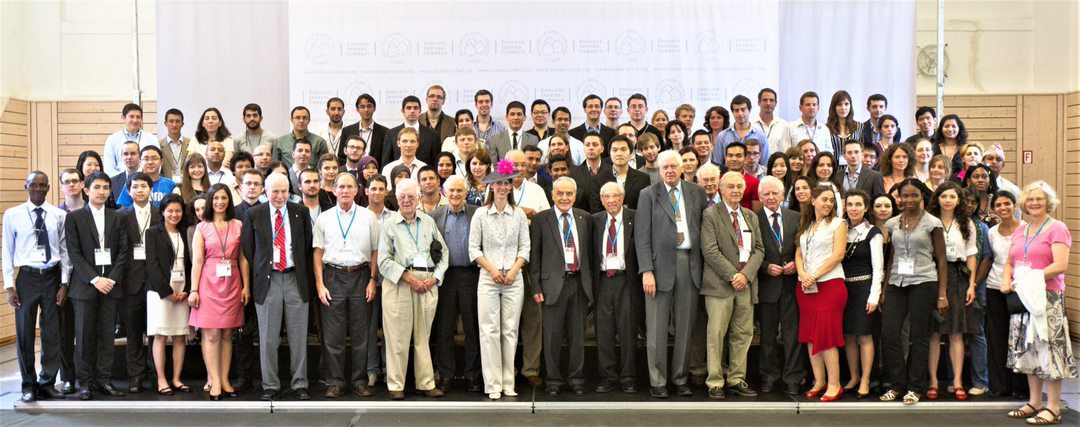
Back to India
His father’s health brought Chaubey back to India in October 2017. Fortunately for him, the BHU position was advertised then. He applied and was selected immediately. Over the years, his in-depth work on several ethnic groups of South Asia including Andaman, Austroasiatic, Indian Jews and Parsis, had the attention of all the leading scientists across the world.
On Covid
Chaubey is also credited for doing extraordinary work during the Covid pandemic. “Our essential background in the knowledge of genes and ancestry helped us to take on the challenges of COVID quickly, and we became one of the most visible labs during this pandemic,” informs Chaubey. His team used a novel approach to understand the population level susceptibility and published more than 15 high-quality research papers on it. They had forecasted the third wave and its impact on the Indian population, accurately.
“Covid is not over yet as more than 1500 people are dying every day globally. Moreover, many people are still prone to infection due to vaccine hesitancy. Who knows, future variants may become resistant to the existing vaccine,” warns the senior scientist, adding that they are developing methods to track and forecast any future outbreak
Work in progress
The most challenging work he is still doing is the genetics of the Indian’ gotra system’. “We started this work as a PhD topic in 2006 when I joined Estonia, but it is still ongoing because of its complex Nature. There are no time limitations in science,” says the 44-year-old, who is simultaneously working on bringing the R1a paper, pertaining to Indian ancestry, soon.
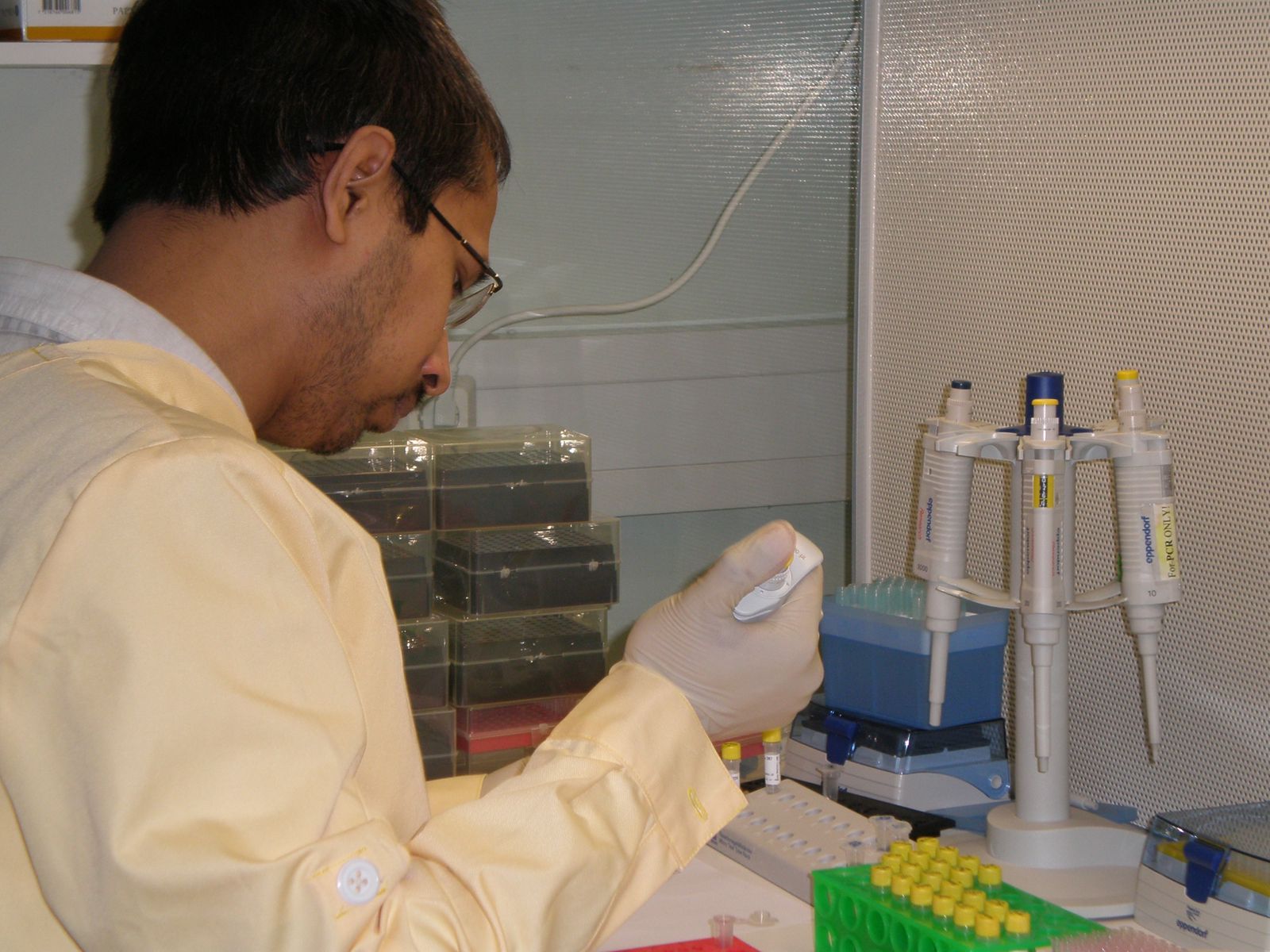
“We are also waiting for the British high commission to provide us with the list of Ajnala martyrs so that we should complete their last rituals. Besides, we are bringing a detailed paper on the origin of various Indian Muslim groups and detailed work on genomic ancestry in Ladakh is also underway.” He along with the doctors in BHU are also cataloguing the Gangetic plain diseases and their genetic causes.
Even though India has a great base of bright competent young scientists, Chaubey feels they cannot compete with the US or European Scientists. “This is mainly due to our strange policies which need a makeover.”
Is it all research and labs for Chaubey? “I lived in the village for several years and played many games including kabaddi, gilli-danda, cricket, hockey and badminton,” informs Chaubey, who also practices yoga regularly. Otherwise, one can see the humble senior scientist visiting his village every weekend and participate in singing and reading the ‘Ramcharitmanas’ as well as doing his ‘kirtan’.
- Follow Gyaneshwer Chaubey on Linkedin



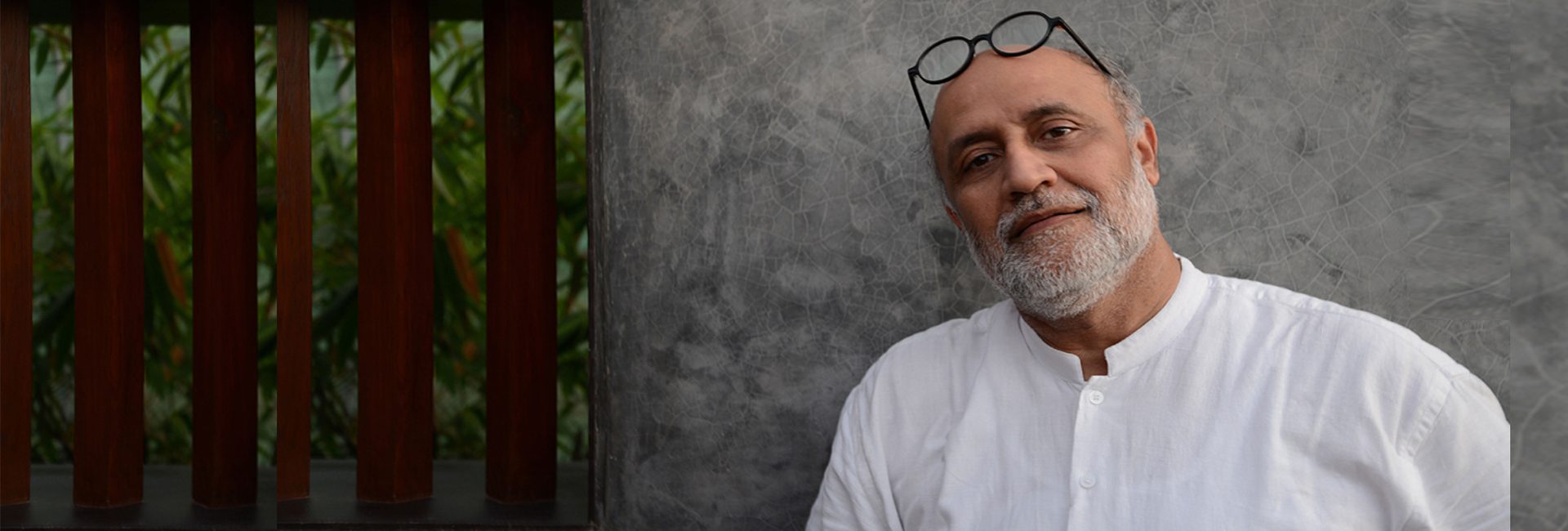

Prof. Chaubey is one of the best Population Geneticist in India. He is a brilliant scientist and a wonderful individual with a great leadership capabilities. He is a role model for every young aspiring scientists.
What an awe-inspiring compilation of a great scientist – Gyan. Heartiest congratulations GYan. Thank you for showing us how Science is done. – Prash
Such an inspiration! Thanks for sharing his story.
Professor Gyaneshwar Chaubey sir is from village named sungulpur, near Chaubeypur , varanasi where I aslo live. I know about the popularity of Sir but sir never shows his any type of attitude of his popularity to the people’s. Professor sir is very kind person I have ever not seen a kind hearted person like Gyaneshwar sir in my life . Professor sir always helps needy person’s of our village areas and always ready for supporting the poor people’s .
Thanks Vikram for a very interesting article about science and a scientist. We need more such write ups than political gibberish.
Congratulations Prof. Chaubey. Ur journey is very impressive & inspired. I m in Finance ( Investment Banking in Mumbai) more than 25 years. Already closely work with DNA Strat up.. I like this subject very much. Being Ramakrishna Mission, Alumni, trying to help start up & young Scientists.. Lots of great persons & students r in india is available. Only need right Guides & platform to explore.. 🙏🙏
Prof Chaubey, is remarkable Young Scientist with the highest human values and integrity that I witnessed. “Gyan”, as we all called him back then he walked in CCMB lab back then with his ever glittering eyes, always thirsty for work and collaborate. He is a true Prodigy of Dr Lalji Singh and Dr Thangaraj work and vision that was envisioned 25 years ago. He is taking it forward with true honesty, Scientific vigour and without any bias I spite of the complex nature of the problem at hand just because of sheer chance that he was born in Varanasi makes him target of some groups crazy and falls assumptions. I am sure he has all the strength and integrity to sail through. He is a Scientist with a rare combination of values and expertise, Nation must support, collaborate and protect him and his work.
Sir, you are really a scientist.